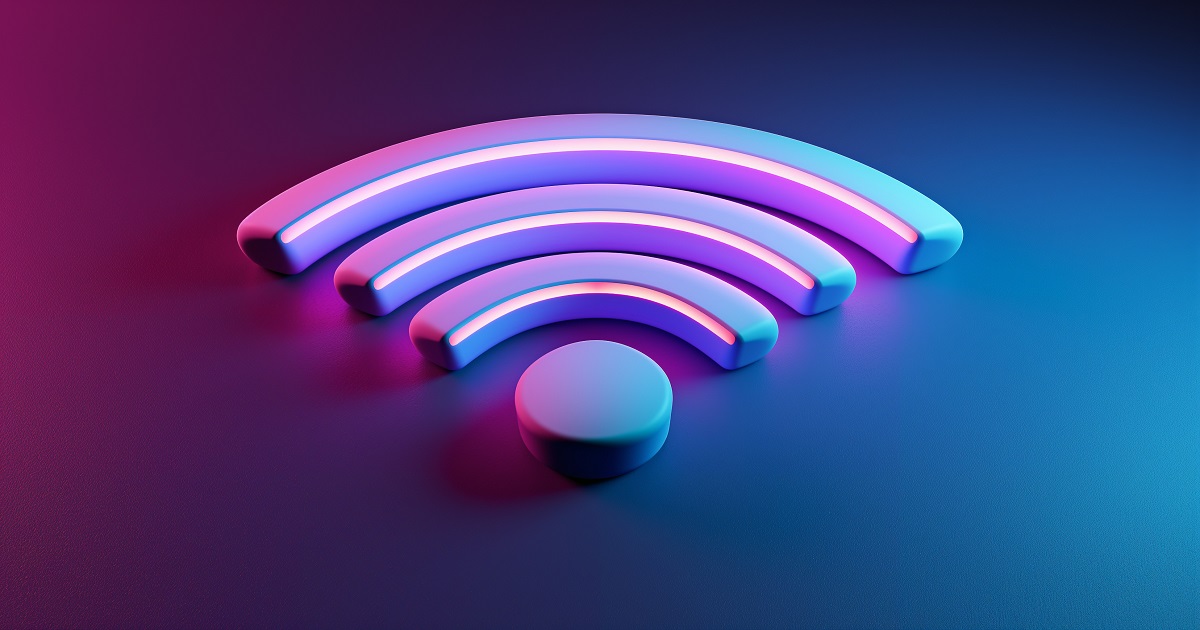
A recent report by ABI Research warns that over 50% of Wi-Fi 7 devices do not support Wi-Fi 6. The question that isn’t asked is why?
Like all standards developed from the collaboration of the Wi-Fi Alliance and the Institute of Electrical and Electronics Engineers (IEEE), specifically its IEEE 802.11 Working Group, the standards are not the problem. So, let’s move down the line.
Why would manufacturers not support backward compatibility? What kind of delay is involved?
The answer seems to be significant. Besides the testing and design criteria for Wi-Fi 7, ensuring backward compatibility adds to the complexity to the process including:
- Increased testing: This includes testing various combinations of devices and software versions to identify and resolve any compatibility issues.
- Design constraints: Backward compatibility can impose constraints on the design of the new standard.
- Code complexity: Backward compatibility often requires writing additional code to manage different versions and standards.
- Resource allocation: Backward compatibility requires additional resources, including time, personnel, and budget.
While the up-front costs add up, overall, it makes for faster adoption, compatibility with older customer-owned devices, and user satisfaction.
Now the question becomes, why the rush?
As of this month, Wi-Fi 6 is the primary wireless standard being offered by service providers such as AT&T (The company aims to release Wi-Fi 7-compatible equipment by year’s end), Xfinity Comcast (while the company has showcased its next-generation, which includes Wi-Fi 7 capabilities, a definitive release date has not been provided), Google Fiber (demonstrated Wi-Fi 7 capabilities in testing environments but has not yet rolled out Wi-Fi 7 hardware), Lumen Technologies/Quantum Fiber (Lumen has introduced Wi-Fi 7-certified devices but it is a limited deployment).
Rollouts are expensive and it’s worse if you have to go back and revisit your deployments. On the other hand, the service providers can (conceivably) leave the Wi-Fi 6 in place alongside Wi-Fi 7, to support the legacy markets. I am not sure if that will work and am happy to listen to experts to tell me about probable interference and other potential gotchas.
While over 1,200 Wi-Fi 7 devices were announced or made available by the end of 2024, and adoption is faster than the initial rollout of Wi-Fi 6E, it's still in its initial stages. Hardware costs for Wi-Fi 7 routers and devices are generally higher than their Wi-Fi 6 counterparts.
There is an old saying from “Field of Dreams” that many carriers say when looking at network rollouts… “If you build it, they will come.”
Maybe that is an issue. Despite the FCC opening the 6 GHz band in the U.S. five years ago, global access varies. Mainland China and India lack unlicensed 6 GHz, and the EU restricts it. This disparity divides the market into dual-band Wi-Fi 7 (2.4 GHz and 5 GHz) and tri-band (including 6 GHz) versions. The performance differences between the legacy spectrum and the addition of 6 GHz does not stop the marketing of the two varieties as all Wi-Fi 7.
This means that, besides the incapability of the device, we have a differentiation in the available spectrum where ABI Research projects that the partitioning will remain until 2027 and only 38.7% will be dual-band. As of today, the reality is that 54.8% are not supporting Wi-Fi 6 in the device, yet, globally only around 20% will be capable of experiencing true Wi-Fi 7.
Yet, here we are.
“The market for dual-band Wi-Fi 7 has far exceeded expectations, and the fractured state of unlicensed 6 GHz access globally confirms that it’s here to stay. Given this, the industry needs to devise a clear method of differentiating between fully fledged tri-band Wi-Fi 7, and the pared-back dual-band variant. If they fail to do this, consumer and enterprise confusion will increase and confidence in the new standard may suffer,” says Andrew Spivey, Principal Analyst at ABI Research.
So, what vendors are doing well under these circumstances?
Arcadyan and ZTE have priced aggressively to gain market share and TP-Link, is expanding into the ISP market.
And what about the ISPs?
In the U.S., Charter Communications became the first Tier 1 ISP to introduce Wi-Fi 7 in 4Q 2024, and AT&T and Comcast are preparing to release their Wi-Fi 7 Customer Premises Equipment (CPE) in mid-2025. In Europe, ISPs, including EE, Bouygues Telecom, Iliad Italia, and Swisscom, have already introduced Wi-Fi 7.
“Heightened market competition has unsurprisingly resulted in a significant drop in equipment average selling prices, challenging vendors’ ability to maintain profit margins. To counter this development, ecosystem vendors need to harness the latest Wi-Fi innovations and incorporate attractive value-added services into their hardware to ensure product differentiation between themselves and the competition and create additional revenue generating opportunities,” concludes Spivey.
I came away from reading and researching this problem with the viewpoint that I can keep what I have for now. Then again, I am a laggard when it comes to AR/VR and heavy-duty video. On the other hand, if I were still an ISP and if I were capable of finding vendors that support both Wi-Fi 6 and 7, and I could deploy tri-band, I would see the opportunity to grab market share and say, “If you build it, they will come.”
Edited by
Erik Linask





